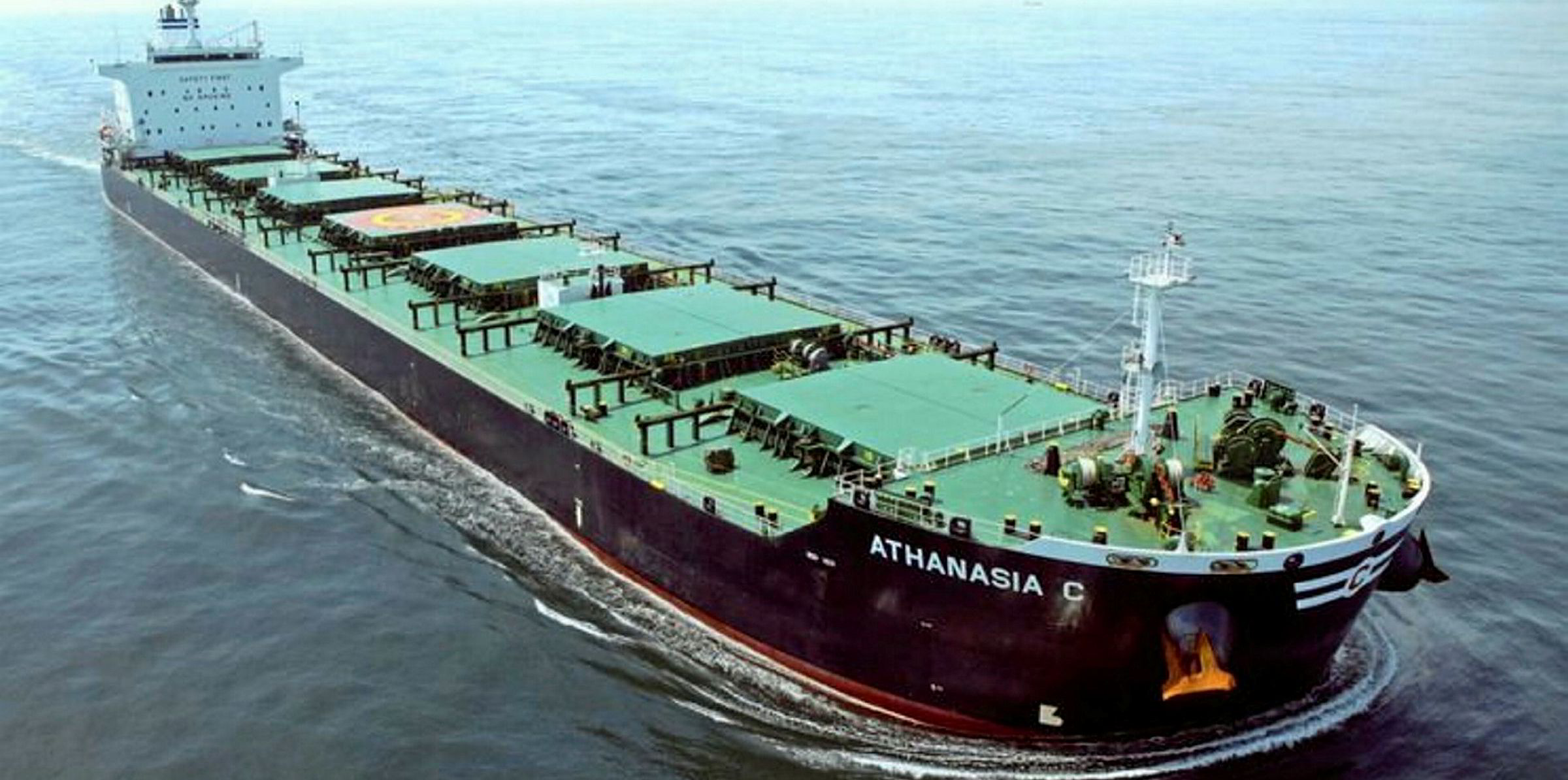The world’s four largest global grain traders plan to standardise and digitalise agricultural shipping transactions in a bid to make the process more efficient.
Archer Daniels Midland (ADM), Bunge, Cargill and Louis Dreyfus Co (LDC) say they will use emerging digital technologies — including blockchain and artificial intelligence — to reduce “resource- and time-intensive processes” associated with the global agricultural commodity trade.
The four companies, known collectively as the ABCDs of global grain trading, said in a joint statement that they will also seek broad-based industry participation to promote global access and adoption.
The aim is to replace a system that relies on paper contracts and invoices and manual payments with an automated electronic system, the companies said.
Initially, ADM, Bunge, Cargill and LDC will focus on technologies to automate grain and oilseed post-trade execution processes.
It is a specific problem they are trying to make simpler and cheaper: 275 million emails are sent annually by commodity traders to process 11,000 shipments of grain shipments, they said.
“These represent a highly manual and costly part of the supply chain, with the industry spending significant amounts of money every year moving documents around the globe,” the companies said.
“Eliminating inefficiencies would lead to shorter document-processing times, reduced wait times and better end-to-end contracting visibility.”
Longer term, the companies said they want to drive greater reliability, efficiency and transparency by replacing other manual, paper-based processes tied to contracts, invoices and payments, with a “more modern, digitally based approach”.
In January this year, LDC completed the first agricultural commodity transaction through blockchain, according to chief executive Ian McIntosh.
“This showed the technology’s capacity to generate efficiencies and reduce the time usually spent on manual document and data processing,” he said.
“By working with the industry to adopt standardised data and processes, we can truly harness the full potential of emerging technologies to improve global trade.”




